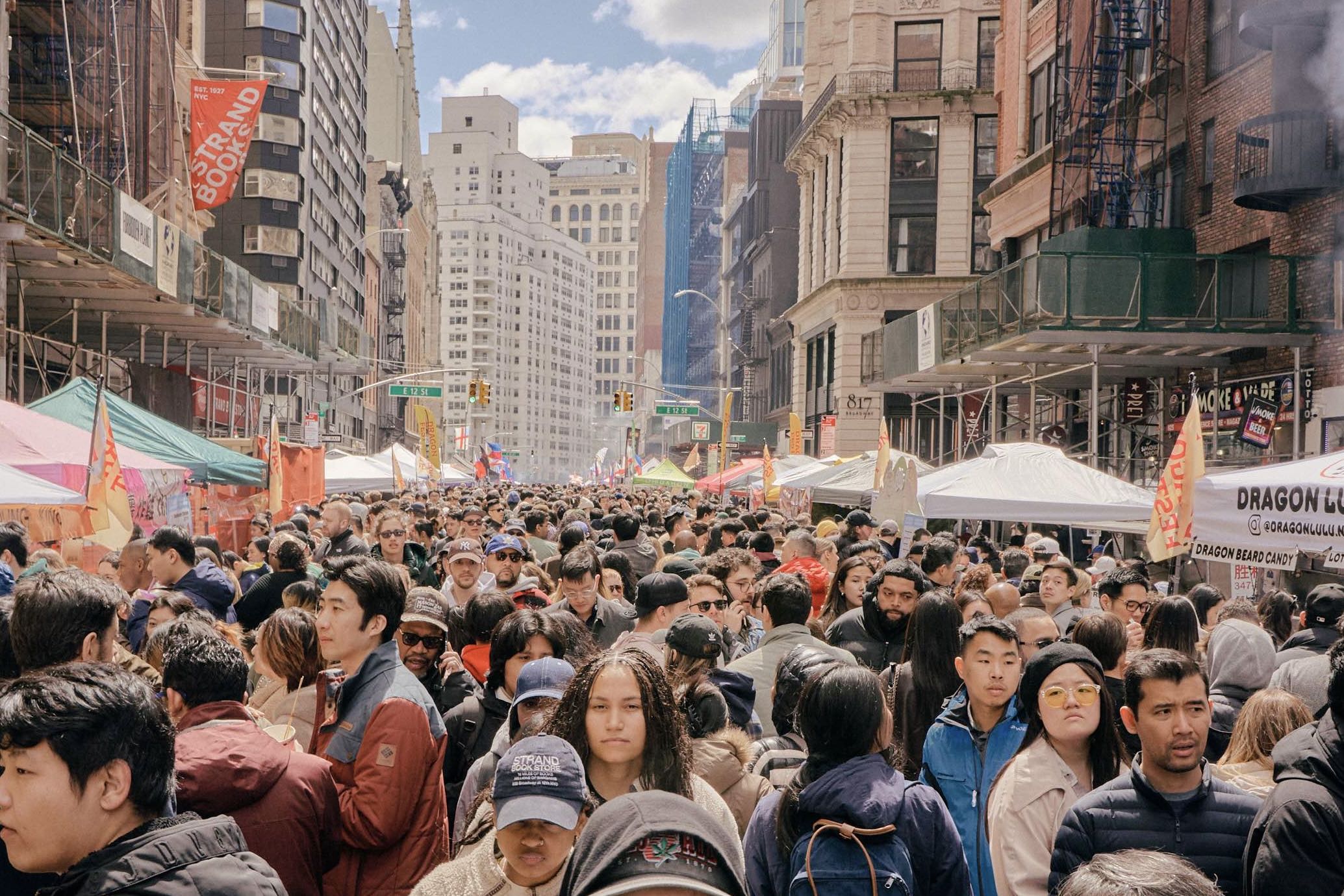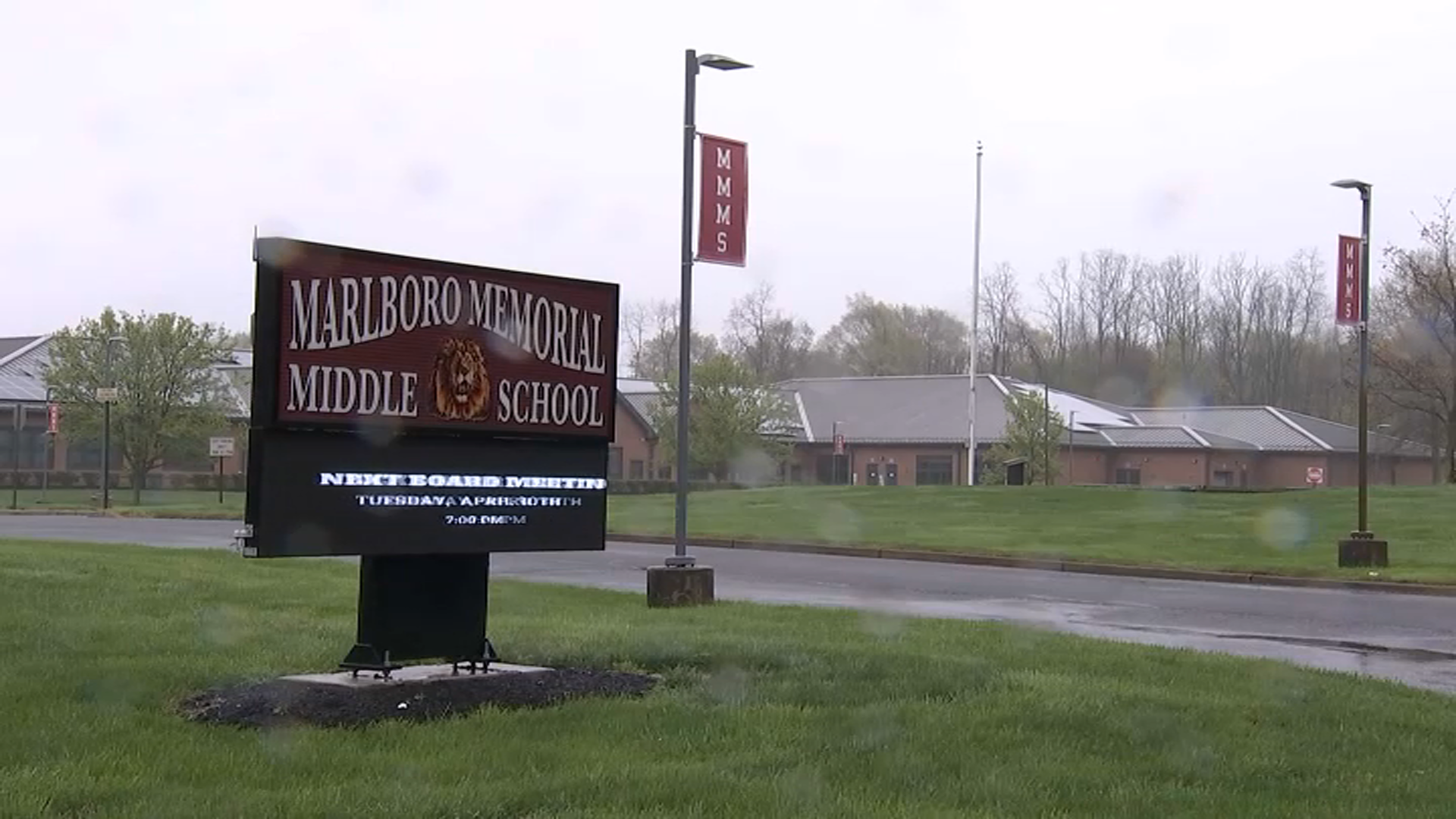EDITOR'S NOTE: PLEASE CHECK THE UPDATED VERSION OF THIS STORY HERE.
Update: Two days after de Blasio administration officials told News 4 a painting of George Washington at Gracie mansion would be replaced by a portrait of freed slave Pierre Toussaint, a de Blasio administration spokeswoman said there had been a misunderstanding and that the portraits of Washington and Toussaint would be hung together on the same wall. The spokeswoman said “there was never any intention to move George Washington out of Gracie Mansion,” adding that while the original plan was to move the painting to a different space inside the mayor’s home, it became clear Wednesday that there was enough room to hang them side by side.
Ever since Mayor de Blasio's family moved into Gracie Mansion from their Park Slope row house 15 months ago, the Upper East Side people's house has been closed to the public as it underwent renovations and asbestos removal, but now it's ready to reopen for public tours.
The tours will resume only once a week beginning next month, but visitors will see an entirely new look inside. The mayor has made no secret he wants his administration and his policies to reflect the city's diversity and his concern for the working man; the same rule goes for the walls in his home.
New artwork has been curated for the progressive mayor. A portrait of President George Washington, for example, has been replaced by a painting of Pierre Toussaint, the former slave turned philanthropist; it's one of 49 pieces of a new Gracie Mansion art installation, chosen in close consultation with the city's first family.
"They, with us, looked at all the pieces," said Gabrielle Fialkoff, senior advisor to the mayor. "This is their home and this is what they're going to see every day."
The goal was to paint a more diverse picture of city life, especially in the late 18th century, when Gracie Mansion was built. At the time, one in five New Yorkers were slaves. So visitors will soon find a portrait of abolitionist Frederick Douglass in the mansion's Peach Room -- but no longer find a portrait of First Lady Susan Wagner. In the elegant Yellow Parlor where de Blasio sometimes entertains, visitors will see the Gradual Emancipation Act of 1799 calling for children of slaves to be freed in mid-adulthood.
"I think they're really going to get a rich experience of what the city was like several hundred years ago that they may not have know of," said Fialkoff.
Headed for a blue wall in the library is a collection called the Cries of New York portraying the age-old struggle to get by in New York City, a popular de Blasio theme. Even wealthy Archibald Gracie, who built the mansion, later lost it in hard financial times.
Local
Upper East Side neighbor Larry Jacobs said he wants the mayor to put results on display, not just diversity. But he likes the idea of the new art, which is being loaned by various museums and cultural institutions.
"There's a lot more to this country than a bunch of old dead white guys," said Jacobs.
Elizabeth Elson, also of the Upper East Side, said, "They've had a picture of George Washington up there for years, why not have something new?"
The art at Gracie hasn't been updated since Michael Bloomberg took office. He chose not to live there and there were more frequent tours.
De Blasio said moving to a Manhattan mansion was a difficult decision, though his family went from one bathroom to eight.
The cost of the changing decor is being covered by private dollars, the mayor's office said.
New York City resident can enter a ticket giveaway to tour the mansion at nyc.gov/GracieOpenHouse.



